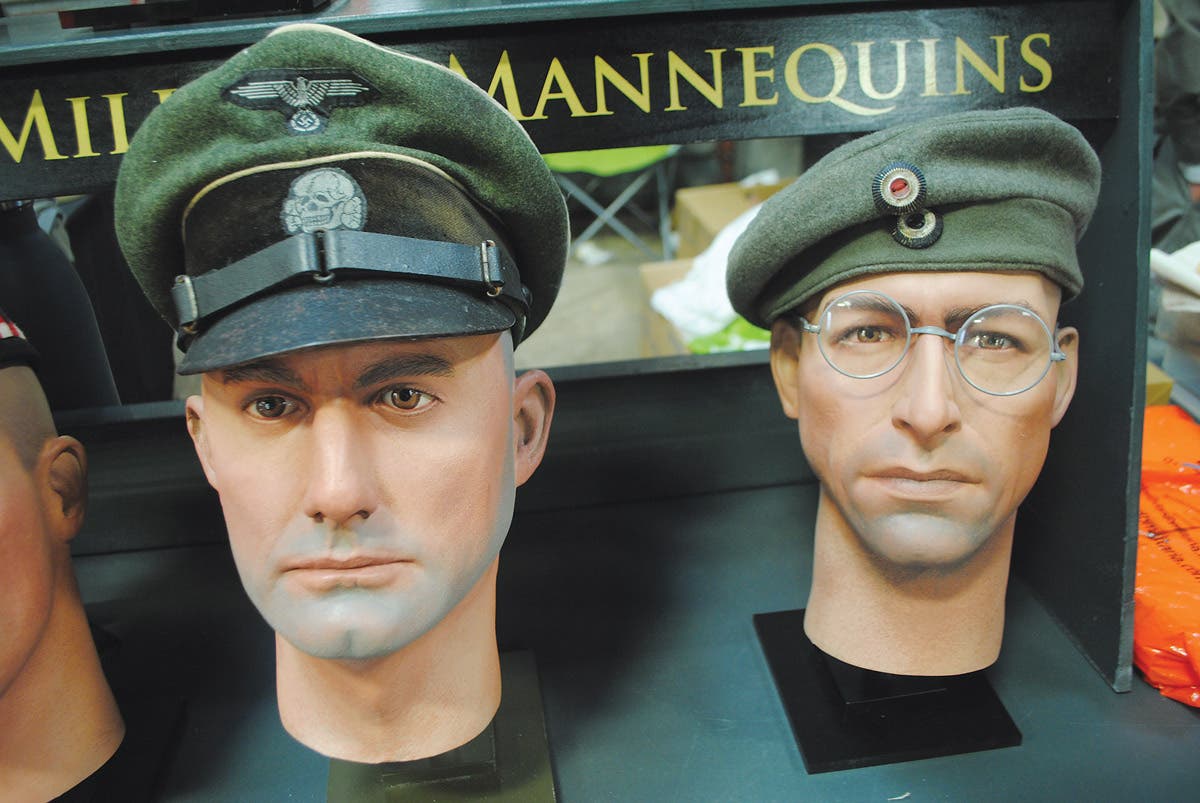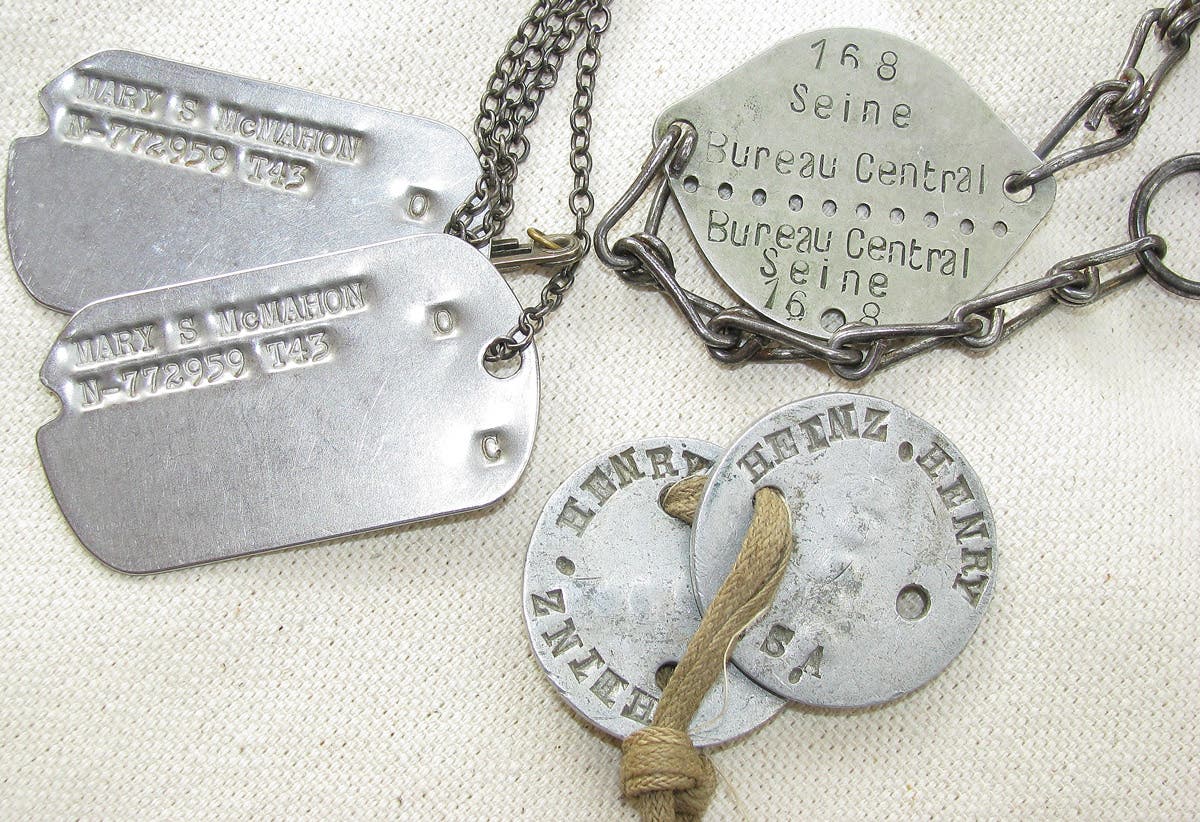What truly makes it collectible?
The age-old question of what makes something collectible is often more complicated than you might think. What is the basis of the value?
I was recently looking at some vintage books on my fireplace mantel — namely a set of Shakespeare Books published by J.M. Dent & Sons Ltd. in the 1920s. My late grandmother left me these books, which she had in turn inherited from her father. I was the oldest grandchild and likely the one who most appreciated the works of the Bard, and I am extremely happy to have these as a reminder of her.
I always believed these to be quite rare and “collectible” because that is simply what I was told. In the days before the Internet, eBay, Etsy, etc., we could only base how collectible something was by finding similar items we might have physically seen for sale. As a teen, I did see another set of those books at an antique shop in the 1980s being offered for around $100!
Now, of course, I never plan to sell these books, but I was certainly taken aback to discover that these are fairly common. The reason the books were on the shelf for $100 year after year decades ago is because everyone who wanted them had a set, while everyone else wasn’t about to pay $100. For the record, complete sets on Etsy now for around $20.
In truth, I blame my grandfather for convincing me some items were “collectible” — and looking back, I’m not sure what he based it on other than gut feelings. He was a bit of a hoarder of old stuff that he couldn’t imagine parting with, and a lot of it wasn’t worth all that much we later found out.
As a child, I often asked him if we could build the set of “Gangster” model car kits that he had bought in the 1950s and 1960s. He always said another time, and when I was in college and he was retired, I suggested he finally build them.
His reply was, “No, those are collectible.”
When I asked if he’d sell them, the answer was also “no,” and he said he just wanted to keep them. Was he a collector? To use his word, “no,” or at least not of model kits at I see it now. The kits were stored in a box on a shelf and I bet years went by without him even thinking of them.
After he passed away, I was shocked to find out those model kits were worth a few dollars at most. It even made me angry at one point. He loved building models, he liked vintage cars, and he liked gangster films. Why didn’t he build any of these kits? The only answer is that somewhere along the lines he decided they were “collectible” and that was enough that he couldn’t dare risk them not being collectible any longer. I hope dearly that was enough to give him some joy, yet, I can’t help but think he would have gotten pleasure building them.
Maybe he knew I was a kid and the models wouldn’t have remained on a shelf. And yet, he did build tanks, airplanes, and warships for me — and then later for my younger cousins. Those models were played with and eventually broken. Sadly I don’t have any models left that my grandfather built for me, nor do my cousins, but I still cherish the memories of the times I spent “helping.”
Why Is It Collectible?
I am one who always believes there will be collectors, but then again the notion of collecting was ingrained in me from a young age. By contrast, my far younger cousin, a millennial who also never got to play with the gangster cars, doesn’t actually own a full set of dishes to host a dinner party. It’s a moot point since he doesn’t even have a dining table or chairs. He and his girlfriend eat at the counter or their one couch — at least that’s what I’ve been told.
They made it clear they don’t want “stuff.”
Yet, they collect Japanese anime — cards, figures and other items. Having never been invited to their apartment (where I assume I’d have to sit on the floor) I’m not sure how their collection is even displayed — or if it is just in boxes in the closet. I must speculate it is the latter, so maybe he inherited my grandfather’s concept that something collectible should be stashed away in a closet. Having it is enough!
The bigger point is that my younger cousin would never have a room with a shelf full of helmets and odd uniforms. Though he finds it fascinating and can appreciate it, he’s made clear that level of collecting isn’t for him. At the same time, he and his girlfriend have spent whole weekends going in search of some sought-after item for their collection. Maybe it is the hunt they enjoy more than owning it.
Likewise, if you’ve ever come by my tables at the annual Show Of Shows, you’re likely to have found my wife knitting. She, like most knitters, is a collector (really a hoarder) of yarn, patterns, and accessories. Her office in our house has cabinets of yarn, shelves of books on knitting, and more than a few projects in the works. I am truly grateful she has found a passion that rivals mine for old military junk (and I use the word “junk” not as a pejorative but as a compliment).
So what does any of this have to do with militaria?
Well, it is that we in the militaria hobby put so much emphasis on the term “collectible.” But what makes any of it collectible? My helmets are just a mass of junk to my wife, cousin, and even many of my friends. It may be expensive junk, but junk nonetheless. I feel the same about the closet of anime that my cousin has amassed, and I can’t understand my friend who has a whole room in his basement filled with model kits. At least he plans on building them, and like my wife with her knitting, he always has a project or two that are somewhere nearing completion.
What I’ve come to realize is if it wasn’t sought after by others, none of this stuff we collect would have any value. Those who build models understand, those who like anime understand, and those who buy expensive yarn understand. Collecting gives us joy.
The truly odd part is that some stuff maybe shouldn’t be collectible. The only reason old baseball cards, comic books, and action figures are now so “collectible” is because so few were saved back in the day — at least in pristine condition. The truth is that all of those items, and the anime, are now saved to such a serious degree that the companies have to go out of their way to make “collector” versions — sort of diminishing things that made them collectible in the first place!
So does that make militaria more valuable because it is somehow more “authentic?” Not really.
Something is collectible whenever someone wants it, and plans to keep it. Often it can be rare and therefore possibly valuable. Yet, as I learned with my little Shakespeare books, the value can be more sentimental than monetary.
Love Peter's takes? Here a few more articles for your reading enjoyment.
Peter Suciu is a freelance journalist and when he isn't writing about militaria you can find him covering topics such as cybersecurity, social media and streaming TV services for Forbes, TechNewsWorld and ClearanceJobs. He is the author of several books on military hats and helmets including the 2019 title, A Gallery of Military Headdress. Email him and he'd happily sell you a copy!








